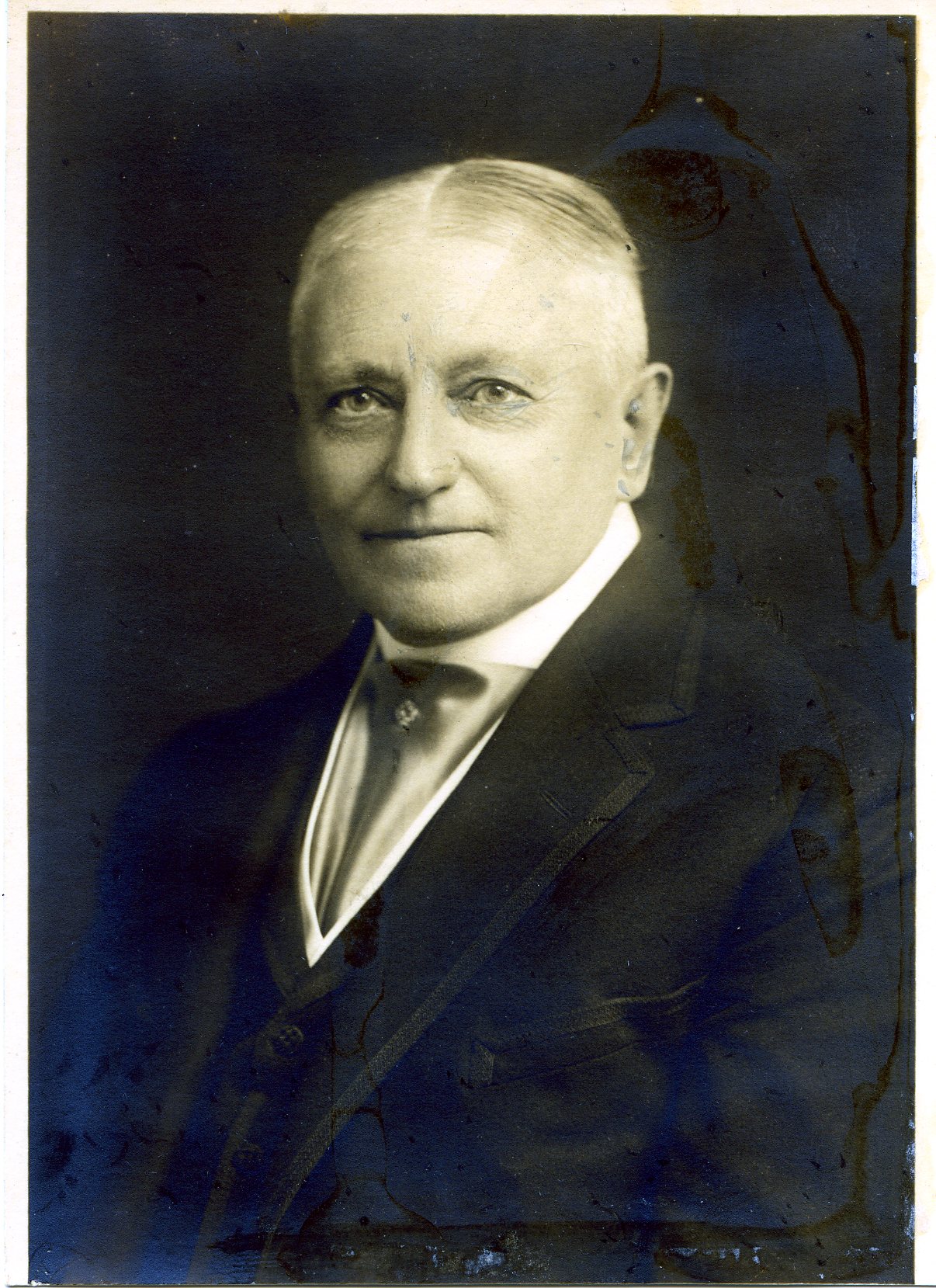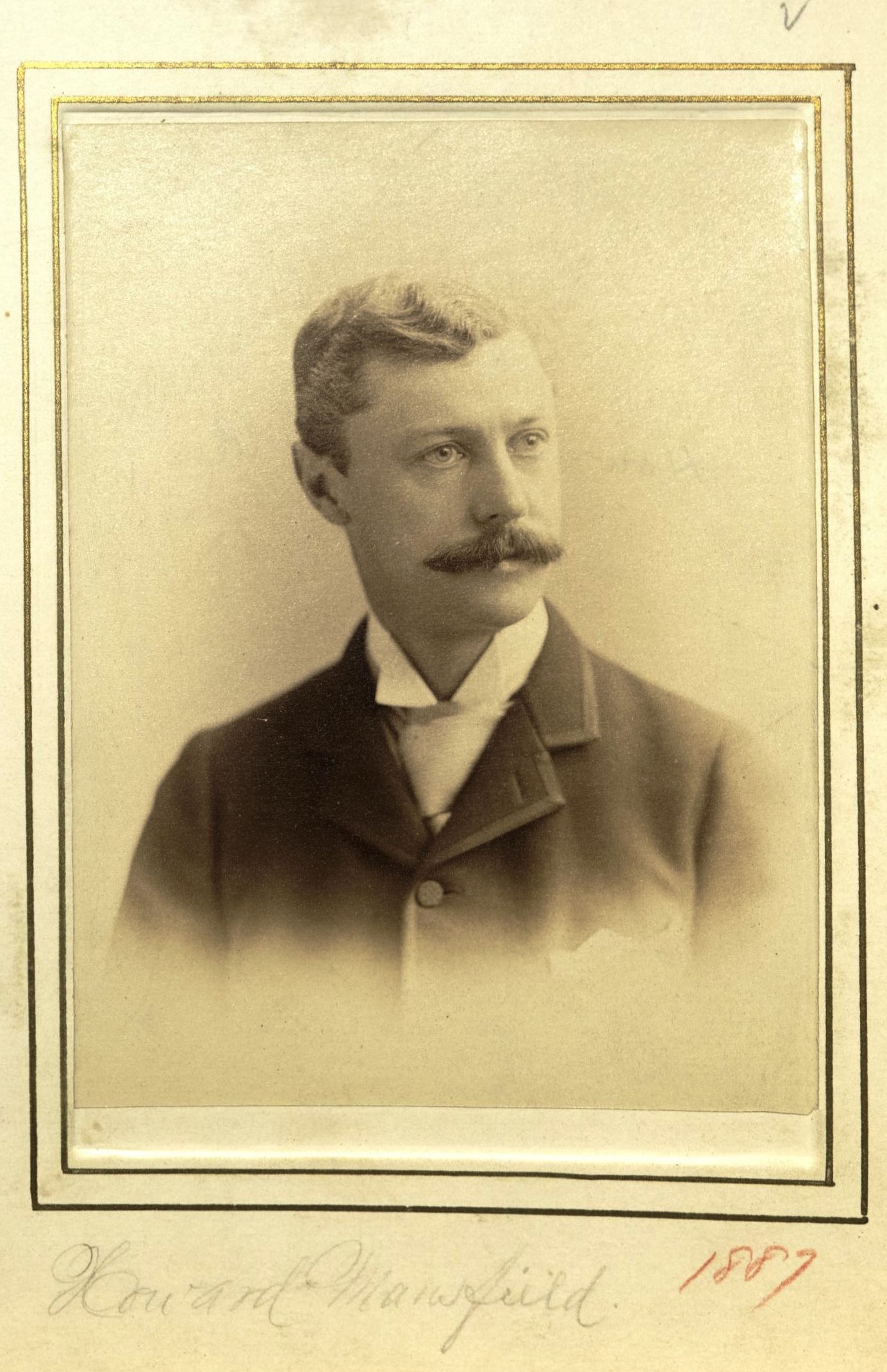Member Directory,
1847 - 1922
Louis V. Ledoux
Writer
Centurion, 1916–1948
Howard Mansfield and A. V. Williams Jackson
New York (Manhattan), New York
New York (Manhattan), New York
Age thirty-six
New Windsor, New York

Archivist’s Notes
Father of Louis Pierre Ledoux
Century Memorial
Louis Vernon Ledoux. [Born] 1880. Author.
Louis Ledoux, among several books, wrote George Edward Woodberry: A Study of His Poetry and when Centurion Woodberry had read it he wrote Louis a memorable letter of thanks from which one sentence stands out in relation to my high duty tonight: “It is no light matter to condense the high lights of a lifetime into a few pages, however illuminative they may be—especially when you are not sure of the ‘high.’” With respect to George Edward Woodberry, I maintain nevertheless that it’s a lot harder to do when you are very sure of the “high.”
And very sure that the heights and the lights were very high, are we all about Louis Ledoux. His whole life was search and accomplishment with quality as its being and its end. Nothing else mattered. It was all-pervading; and the fruit of it was the Louis Ledoux we knew and loved so well: in the diction and cadence of his speech, in the gleam of the mahogany and silver that furnished his home, in his table, its food and its wines and its brandies, in his writing and, above all, in his collections of Japanese art. But the point is that it was all of one piece: the quality of Louis Ledoux was as a seamless web that approached perfection. He was, to search for the right word—an aristocrat, with the spare, personal elegance of a grandee of Old Spain right out of El Greco, Grecian with the fire of his life burning high, American with the zeal and the faith to explore and to bring the impossible into the realm of the possible, Japanese with the perfect facility of execution of a Japanese print and its seeming easy grace in all the lines.
He began as a student of Greek culture, starting high; and doubtless his understanding of the road by which the Greeks had arrived at the clarity of their thought and the affirmation of their art helped him to move easily on to the almost equally high plateau of Japanese culture. And as he began to understand, he began to collect the art of Japan. The story has often been told, how he limited his collection of prints to two hundred and fifty—limited it to avoid bulk for excellence, so that thereafter if he bought a superior work it meant that a lesser one had to be sold or be given to an appreciative museum. “Thus as time went on, it became a matter of exquisite pain and delight when he finally decided that a certain print must be secured—for that always meant that an old favorite must be discarded to make room.” And this also “it came about that for years he sharpened his already fine discrimination, weighing the good against the better, and accumulating scholarship.”
And then he gave all to the world by publishing his two volumes of “Japanese Prints of the Ledoux Collection”—published them so wonderfully, in perfection of illustration, that it makes no sense for you and me to covet the originals.
As a poet, as a collector, as a friend—his standards were the same, always high, always generous and always illumined with the vision of beauty.
As one of the few entitled to judge, Langdon Warner, has put it: “Japan will remember him when it remembers its friends Fenellosa and Lafcadio Hearn, for he was even more learned than the first in the study of art and as much of a poet as the last.”
Source: Henry Allen Moe Papers, Mss.B.M722. Reproduced by permission of American Philosophical Society Library & Museum, Philadelphia
Henry Allen Moe
Henry Allen Moe Papers, 1948 Memorials



